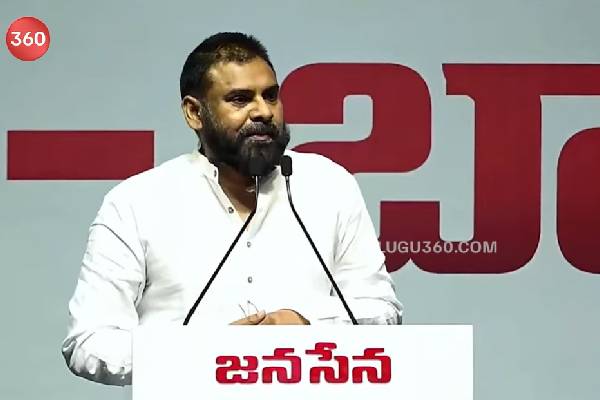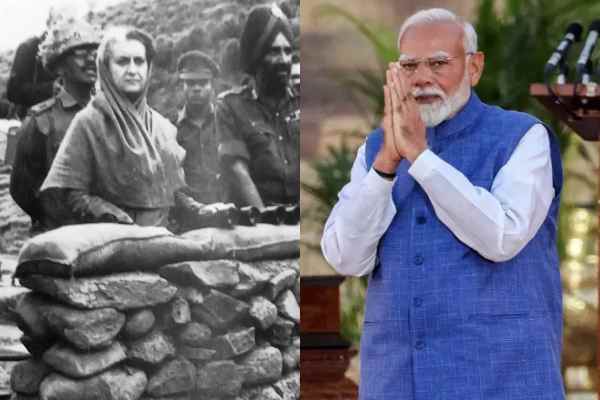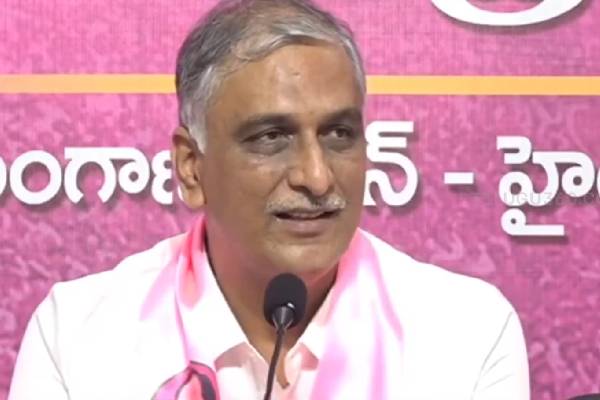India and Pakistan have formally agreed to cease all military operations along their shared borders. Pakistan’s Director General of Military Operations contacted their Indian counterpart at 15:35 hours, with both sides committing to halt firing across land, air, and sea boundaries effective from 1700 hours Indian Standard Time. Indian Foreign Secretary Vikram Misri delivered the official announcement that effectively paused the ongoing military confrontation between the nuclear-armed neighbours.
Public Reaction
The ceasefire announcement has triggered intense debate across social media platforms, with many drawing direct comparisons between Prime Minister Narendra Modi’s current approach and former Prime Minister Indira Gandhi’s handling of Pakistan during her tenure. Congress Party supporters have been particularly vocal, sharing historical speeches and highlighting differences in leadership styles.
Indira Gandhi’s Legacy
Indira Gandhi remains etched in Indian history as the “Iron Lady” who demonstrated exceptional resolve in her dealings with Pakistan. During the 1971 conflict, she stood firmly against Pakistan despite American opposition, famously declaring that no country should give unsolicited advice to another. Her unwavering stance led to the creation of Bangladesh, effectively splitting Pakistan into two and delivering a blow from which many argue Pakistan has never fully recovered.
Indira Gandhi’s leadership during this period exemplified courage in the face of international pressure. When visiting America, she firmly articulated India’s position, stating it was her duty to explain India’s regional security concerns while leaving other nations to form their own conclusions, a statement many cite as evidence of her diplomatic approach.
Narendra Modi’s Approach and Public Expectations
Critics argue that while Modi enjoys an image of strength on the global stage, his decision to agree to a ceasefire, reportedly at America’s suggestion, represents a step back from his projected strongman persona. Some supporters express disappointment, having expected more decisive action following incidents like Pahalgam, with hopes of reclaiming Pakistan-occupied Kashmir or dealing a more crippling blow to Pakistan’s military capabilities.
The Nuclear Dimension: A Critical Difference
The most significant change between 1971 and today’s geopolitical landscape lies in the nuclear capabilities of both nations. While India developed nuclear weapons in 1974 under Indira Gandhi’s leadership, Pakistan followed suit in 1998. Today, India possesses approximately 172 nuclear warheads, while Pakistan maintains around 170.
This nuclear reality fundamentally alters the calculus of conflict. Even with India’s conventional military superiority, any full-scale war now carries the catastrophic risk of nuclear escalation. Unlike Israel’s aggressive approach to preventing nuclear capabilities in hostile neighbours, India’s historically softer stance allowed Pakistan to develop these weapons, creating the current deterrence situation.
Strategic Limitations and Targeted Operations
Understanding these constraints explains why India under Modi has pursued specific, limited military operations like Operation Sindoor rather than full territorial conquest. The operation’s focused objective was eliminating terrorist infrastructure, not occupying territory or defeating Pakistan’s military outright.
The transformation of India from what critics called a “soft state” during Congress rule to a “hard state” under BJP leadership has certainly changed response patterns to provocations. However, nuclear realities impose unavoidable limitations on military options.
People who criticise the ceasefire often don’t understand how terrible nuclear war could be. The agreement is based on a realistic view of today’s global politics, not a sign of weakness. Even though the media may claim that India could take back Pakistan-occupied Kashmir, the real goals of the recent operations were already met.
-Sanyogita

































